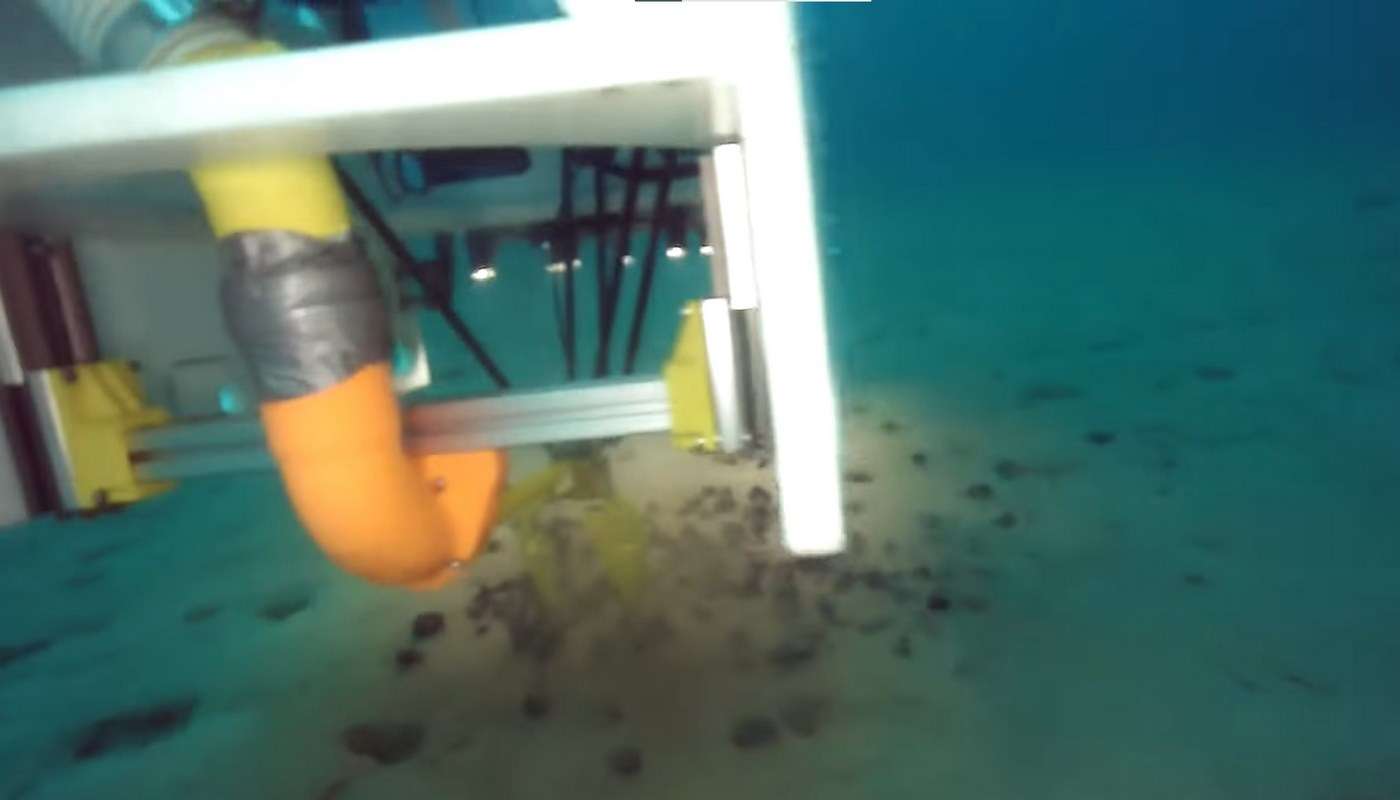Swedish Firm to Unlock the Electricity of the Sea With Largest Wave Power Station in the World
77 megawatts of clean energy are set to lap against the grid of Ordu, Turkey, where the largest tidal power station is being built.

With the need for critical battery minerals growing, a company has proved that sustainable ocean mining is possible with a discriminating robot miner.
Below the waves, seafloors are covered in "polymetallic nodules" a fancy word for stones with many different metals in them.
Impossible Metals recently proved that it's possible to harvest these nodules with precision and smart learning rather than dredging with large destructive plows. Their method is the Eureka 1, the world's first undersea selective mining robot.
Full of lithium, nickel, and cobalt, the nodules could provide battery manufacturing with a more sustainable supply that doesn't involve carbon-intensive mining, and avoids the geopolitical difficulties associated with pursuing these minerals in conflict zones or unstable states.
"Our harvesting machines don't touch the seafloor," said Renee Grogan, Chief Sustainability Officer and Co-founder. "What we're designing is a fleet of underwater robotic vehicles. And they are not tethered to the vessel. They don't make contact with the seabed. They hover above it."
Once hovering above an area of seabed, an AI-powered computer will pick out nodules from other matter, and command a host of horseshoe crab-like grabber arms on the underside of the robot to pick them up and feed them through a hose into a collection chamber.
In November, the Eureka 1 dove to depths of 25 feet, successfully differentiated nodules from rocks, and utilized a special buoyancy compensation engine to bring them back to the surface.
"This shallow water milestone demonstrates progression of our principles of avoiding serious harm to the seabed by replacing dredging technology with an alternative that prevents biodiversity loss and large sediment plumes" said Oliver Gunasekara, CEO & Co-Founder.
Impossible Metals believes the Eureka 1 could be in large-scale production by 2026.
WATCH the robot in action below.
SHARE This Great Idea With Your Friends…
Be the first to comment